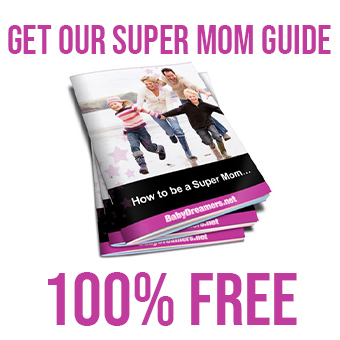A woman’s body changes so much over her lifetime. Often, these changes and symptoms give away a woman’s age or the different stages she goes through. For example, when a girl hits her teens, she experiences menstruation – this indicates that her body is now ready for childbearing. When a woman hits her late 30s or older, she might start to experience the first signs of perimenopause. This is the process of change leading up to menopause, and it can last anywhere from two years to over eight years. Finally, in her 50s, a woman goes through menopause – this is when her menstrual period comes to an end. So, the different phases a woman’s body goes through can’t hide her true age.
Perimenopause is a time when a woman’s body sees a decline in the production of eggs. This leads to a change in hormones, which can cause premenstrual syndrome symptoms to be more intense or different than what was felt before. Perimenopause is the beginning of the end of a woman’s childbearing stage.
What are the odds of a woman getting pregnant when she is over 35?
A woman’s ovulation and menstruation can become irregular when her supply of ova or eggs begins to decline. This decline in a woman’s egg supply can result in diminished fertility, and is most noticeable after the age of 35.
In a woman’s 40s, her menstrual cycle becomes increasingly irregular and may continue to do so until menopause. This also affects fertility. Often, health-conscious women in this age group do not seek prenatal care when they become pregnant, as they may assume that the skipped period (which is usually the first sign of pregnancy) is instead the first sign of menopause.
What are the risks of a woman getting pregnant when she is over 35?
As women approach menopause, their risk of pregnancy complications increases. While a woman’s physical health is more important than her age when it comes to pregnancy, she should be aware of any chronic conditions that could complicate things. These conditions could include diabetes or high blood pressure. Even if a woman is in excellent health, she has a higher risk of developing gestational diabetes or other pregnancy-related issues starting at age 35.
Women who become pregnant at 35 or older are more likely to have a baby with a chromosomal problem, such as Down syndrome, where the baby is born with an extra chromosome. Getting pregnant during perimenopause also gives the risk of miscarriage from amniocentesis, which is a diagnostic test given to look for chromosomal defects by examining the amniotic fluid. This test calls for the fluid being removed through a needle inserted in the mother’s abdomen. Although the risk is still minimal, the risk is significantly higher when compared to a woman in her twenties. Other risks a woman may encounter at perimenopause pregnancy include Placenta Previa, where the placenta grows near the cervix and causes bleeding.
When a woman reaches her mid-30s to early 40s, she enters a phase of her life called perimenopause. During this time, it becomes more difficult to get pregnant. medically speaking, this is because the body has used up the highest-quality eggs, slowing down conception. The eggs that are left in the body at this point are those that take the longest to respond to the body’s cues for release and don’t function as well during fertilization. This condition raises the risk of chromosomal abnormalities and miscarriage.
It is interesting to note that while it is harder to get pregnant at this age, the likelihood of carrying multiples is not far-off. A possible reason could be that the shift in hormone levels during menopause stimulates the release of more than one egg at ovulation.
Tests done during pregnancy can be high risk for women over the age of 35. This is because the test requires removing a tissue sample from the placenta. While the risk of miscarrying is low, it is still a possibility.
Pregnancy later in life can come with some added challenges, such as increased risk for chronic conditions and early signs of aging. Varicose veins may become more common and worsen with age. A slower metabolism can result in weight gain, lethargy and sluggishness. However, pregnancy at any age is a wonderful and miraculous experience.
So, what do you think? Would you dare to defy the odds and face the risks of getting pregnant when you are over 35?
Later pregnancies come with a few disadvantages that doctors will be quick to point out, but there are also a number of advantages that can help balance out the risks. For example, greater financial stability may enable a woman to focus more on motherhood. Women in their mid-thirties and older who have already proven themselves professionally may be more flexible and patient, having faced more challenges in their lifetime.










